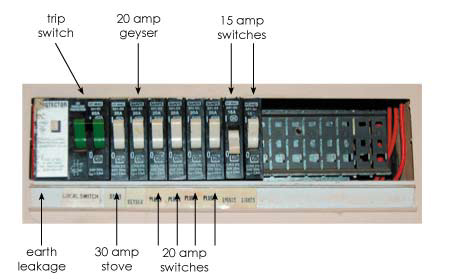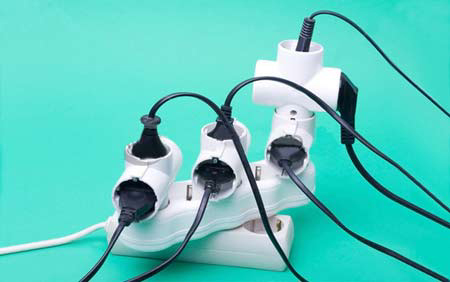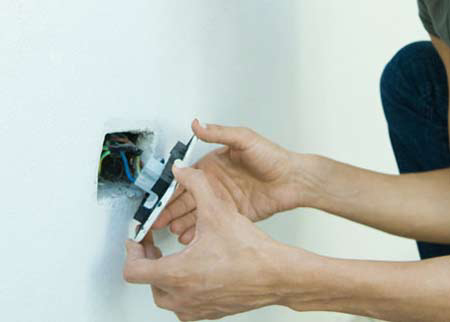What to do When a Circuit Breaker Trips
Eskom power is cabled into a home via the circuit breaker. An electrical panel mounted within the home, a circuit breaker is a safety mechanism that is designed to trip and switch off the power when safety has been compromised. Here are some of the problems that can cause a circuit breaker to trip...
07/2023
Overloading
Overloading a circuit - or plug point - is one of the most common reasons for a circuit breaker that continuously trips according to McKenna & Vane Management team. Each circuit - or switch - in the circuit breaker is rated for a allocated amount of current. A 15 Amp switch protects a 15 Amp flow of power, while a 20 Amp switch protects a 20 Amp flow of power.
When the flow of power increases above the allocated amount of power - the switch trips and breaks the circuit to protect your home from electrical fire. If you have too many appliances on one plug point, and all the appliances are switched on at the same time, the circuit breaker trips to prevent overheating of the circuit.
shutterstock
Solution:
- High power consuming appliances such as a hair dryer or iron should be used on a single plug point, or one that is not already overloaded.
- In a home office or family room, install a TrickleStar Energy Saver.
The TrickleStar PC reduces the standby energy consumed by PC Peripheral equipment. The product is easy to install and provides simple automation to reduce wasteful standby energy
consumption. The product is suitable for residential and workplace PC applications. The product can be connected directly to equipment or connected to a standard electrical powerstrip with a number of connected devices.
Short circuit
A short circuit is caused by one wire touching another wire, either in an appliance or in the wiring of a home. In older homes where electrical cables are not routed through PVC pipes or channels the outer protective insulation can be damaged by rodents or become brittle with age and crack, causing wires to touch each other. Another type of short circuit is when a live wire touches the bare copper earth wire - or the side of a metal outlet box, on which the earth wire is connected.
Solution:
- Switch off the power at the circuit breaker, remove the outlet cover and inspect the outer insulation of cables for damage or burnt appearance. You may also notice a bad smell.
On appliances, check wires in the plug and on power cord to make sure there are no breaks or cracks.
Fault Finding
If you are unable to source the problem a bit of fault finding may be required:
- Remove everything from all the plug points in your home.
- On the circuit breaker panel - reset the breaker.
- If it trips again immediately, the short lies in the house wiring. This may be the circuit breaker panel itself or at individual plug points.
- If the breaker does not trip, proceed back to a plug point and start adding a single appliance to each point - turning on the circuit breaker as you move around the house from point to point.
- If the breaker still has not tripped, the short circuit lies in something you are plugging into the outlet.
- Systematically plug each item into the outlet until you find the faulty appliance or lamp and then have it repaired.
Safety First
If you suspect that your home wiring is faulty, immediately call for the services of a qualified electrician to rectify the problem.



